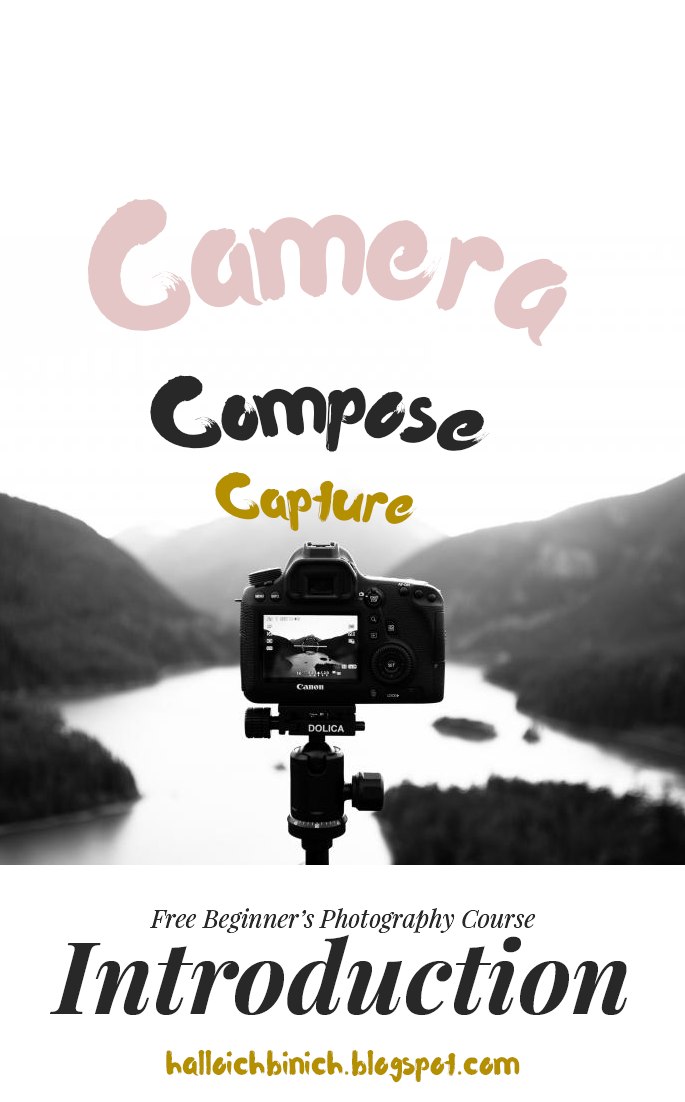Beginner's Photography
Camera Compose Capture
Learn Photography
Michigan Photography
Photography
Photography Course
Photography Tips
Southeast Michigan Photography
Camera, Compose, Capture: Introduction
10:00 AM
As a photographer, understanding your equipment and how to use it is extremely important. Without being able to correctly and quickly assess and change camera settings and equipment, such as lenses, you can miss the perfect shot or waste a lot of time. A great photo does not just happen. It takes work. And while understanding your equipment is one of the largest steps to getting a great photograph, it's not all! Composition, lighting, editing - these are all important steps as well. But don't worry, these skills can be learned over time and with lots of practice! Nobody was born a photographer; while some are quicker to catch on, photography can definitely be learned.
When I first became interested in photography, I was quite lazy. I wanted to get those pretty pictures that I often saw, but did not take the time to really learn. That was a poor choice! Not only did I take poor photos {I cringe every time I look at them}, I also entirely quit photography. I hadn't touched my camera for over a year. That is something that I do not want you all to have to go through. I do not want you all to completely give up photography simply because your photos are not up to par wit your liking or because you are lazy.
I have decided to create a free online course that will help you avoid the mistakes that I made. If you are motivated and want to become a better photographer, then this course will be for you! All that is required is dedication, patience, and time to practice what you learn! Every week, I will share a post with information to help you become a photographer in no time as well as a prompt that will inspire you to take pictures that week.
Lets Define a Few Things
Aperture: A circle-shaped opening in a lens that light passes through. You can adjust this setting to either allow in more light or allow in less light, according to your settings and what you are trying to photograph. Aperture is expressed in f-stops, so if you see a number such as f/11 or f/1.4, that is the aperture.Shutter Speed: The amount of time a camera's shutter remains open. This determines the amount of time light can enter your camera, or, in other words, the exposure. The faster the shutter speed, the less exposed your photo will be, and the slower the shutter speed, the more exposed your photo will be.
ISO: Another feature that controls the exposure by making the camera either more ore less sensitive to light. The higher the ISO, the brighter the photo will be. However, the higher the ISO (1600 or 3200) the noisier (or grainier) the photo will be. The lower the ISO, the darker and less noisier (80 or 100) the photo will be.
AV: This stands for Aperture Priority, which is a mode that allows you to manually set the apertuure to your liking (thus prioritizing it). While you can choose the aperture, the shutter speed is automatically chosen to correspond with the aperture you selected. AV is basically an automatic camera that gives you the option to select your aperture.
Shutter Priority: Read above, only switch aperture out for shutter speed and vice versus.
Depth of Field: The zone in a photo that is in focus and acceptably sharp compared to the remaining parts of the photo, which is out-of-focus and blurry. This is controlled by the aperture (f-stops). The shallower your depth of field, the more distance you will create between your subject and background, thus making your subject sharper and more in-focus. A deeper depth of field is used to keep everything in focus and sharp.
Next week, it all begins!
Make sure that you know those terms above, because I will definitely be mentioning it multiple times throughout this course. Whenever new words come up, I'll be sure to explain them and update this list, so that you can have a master's list. I'll see you next week!






0 comments